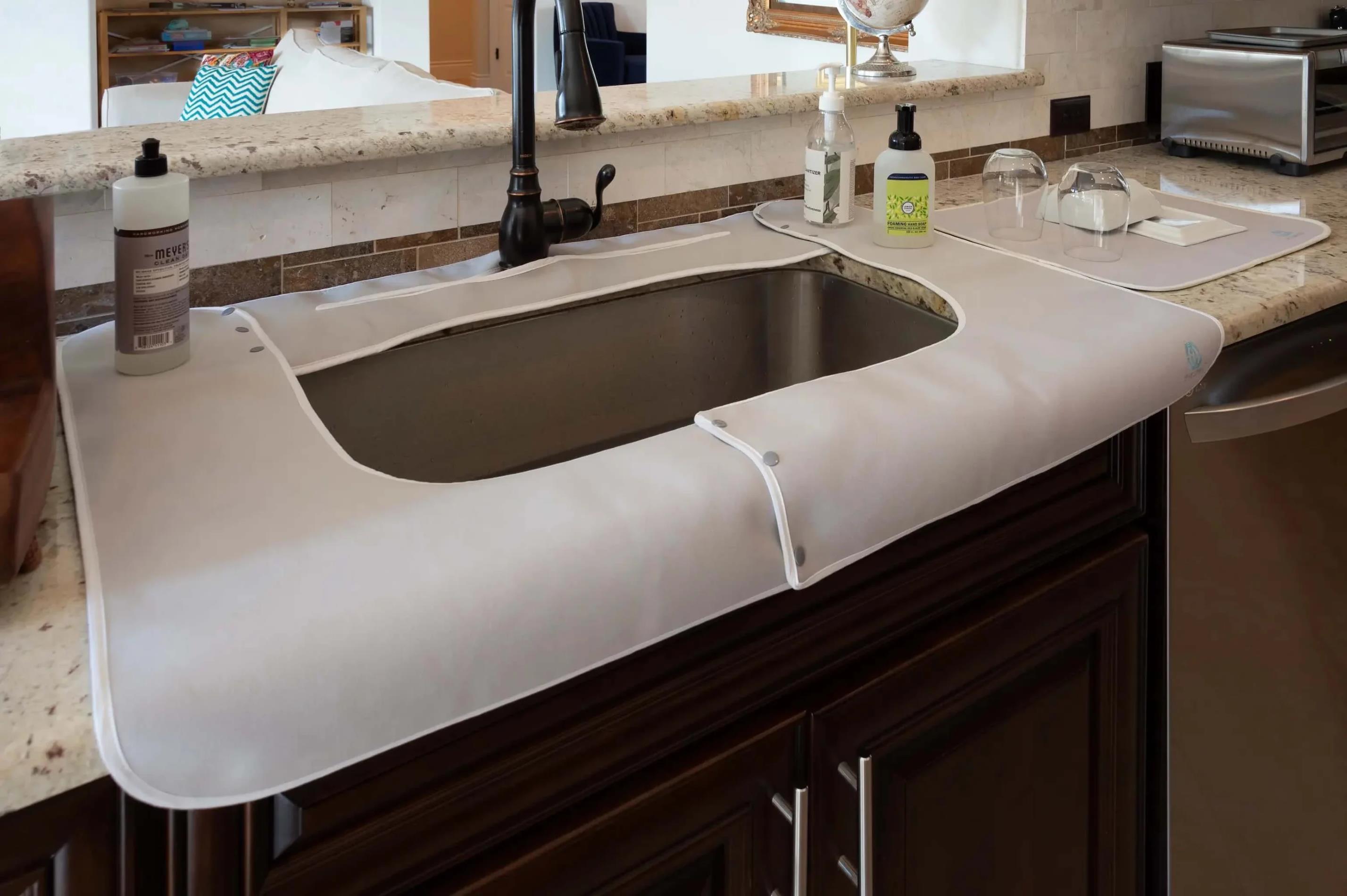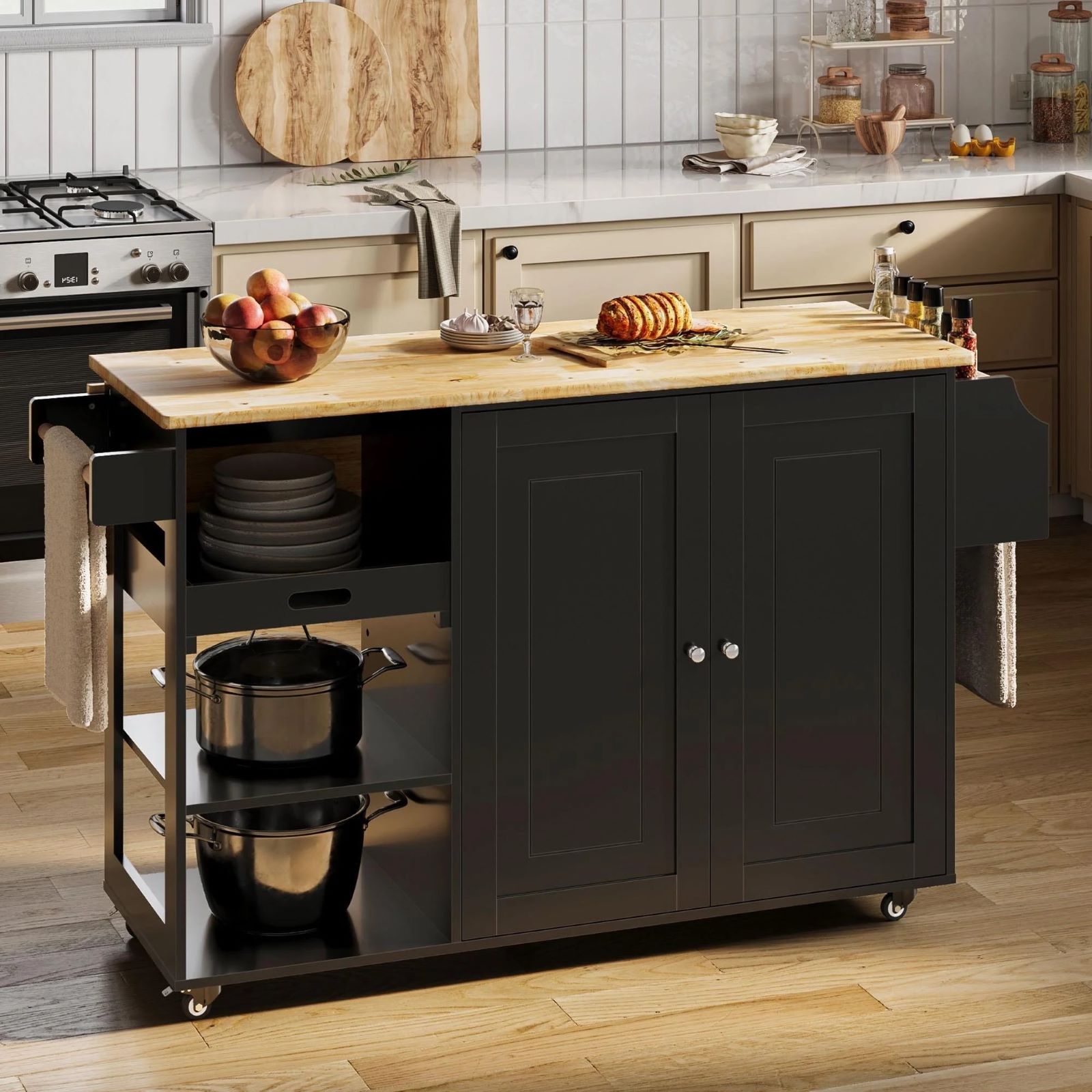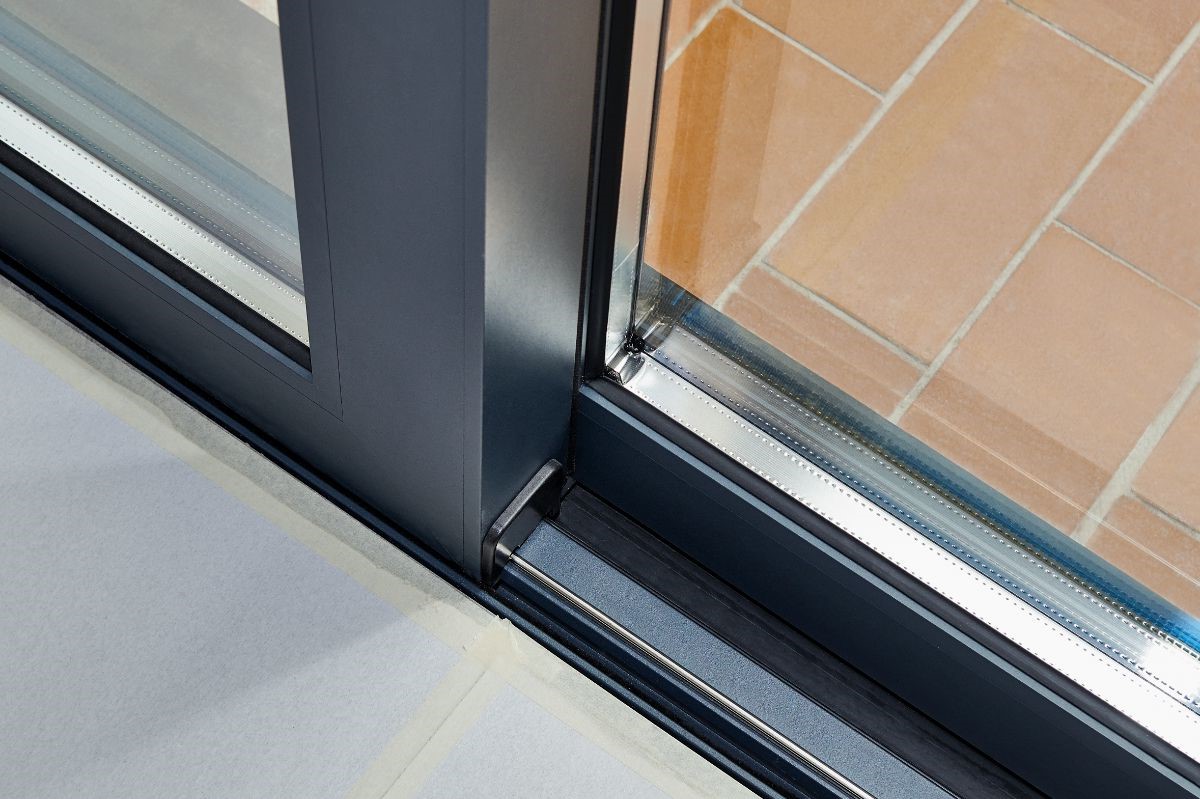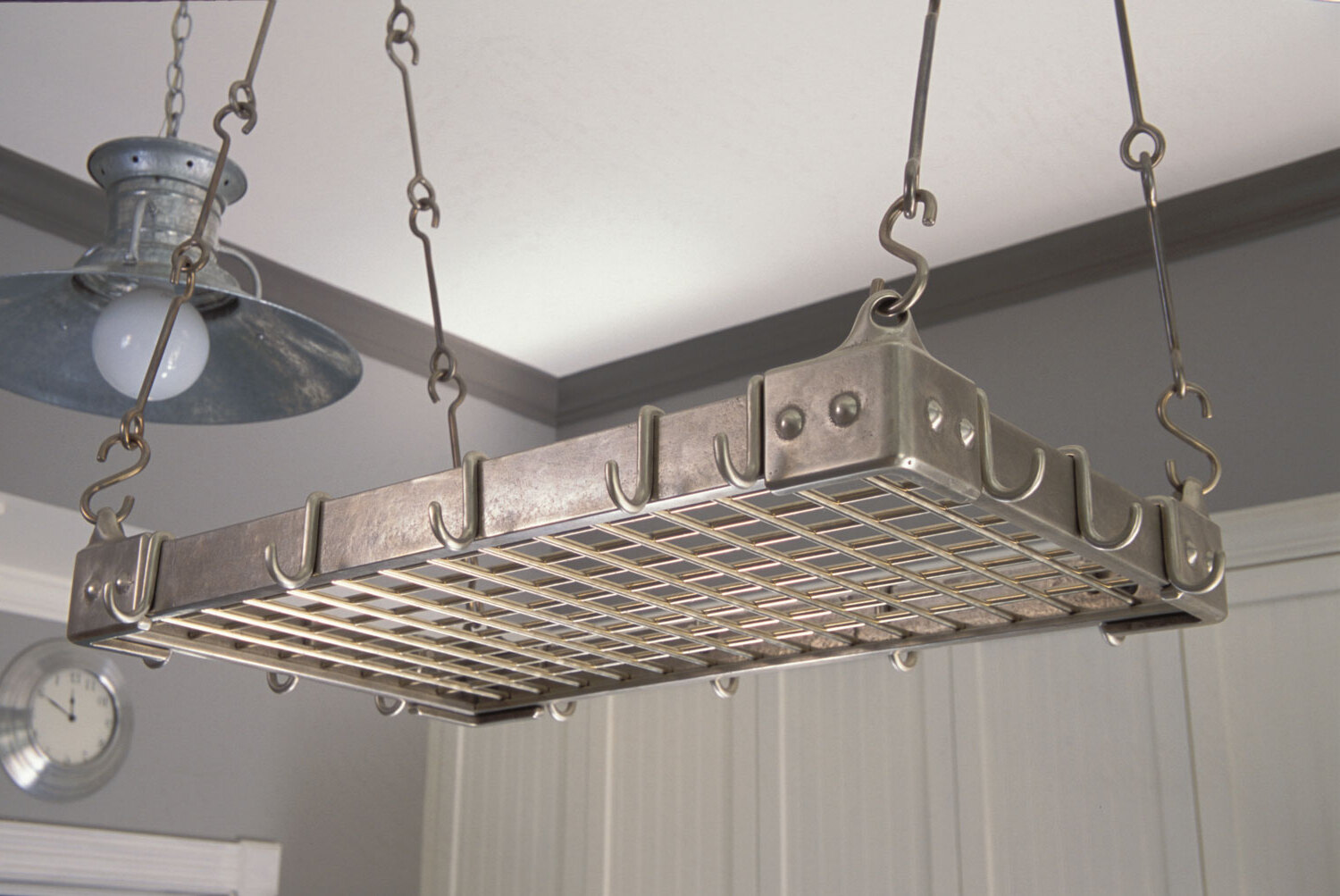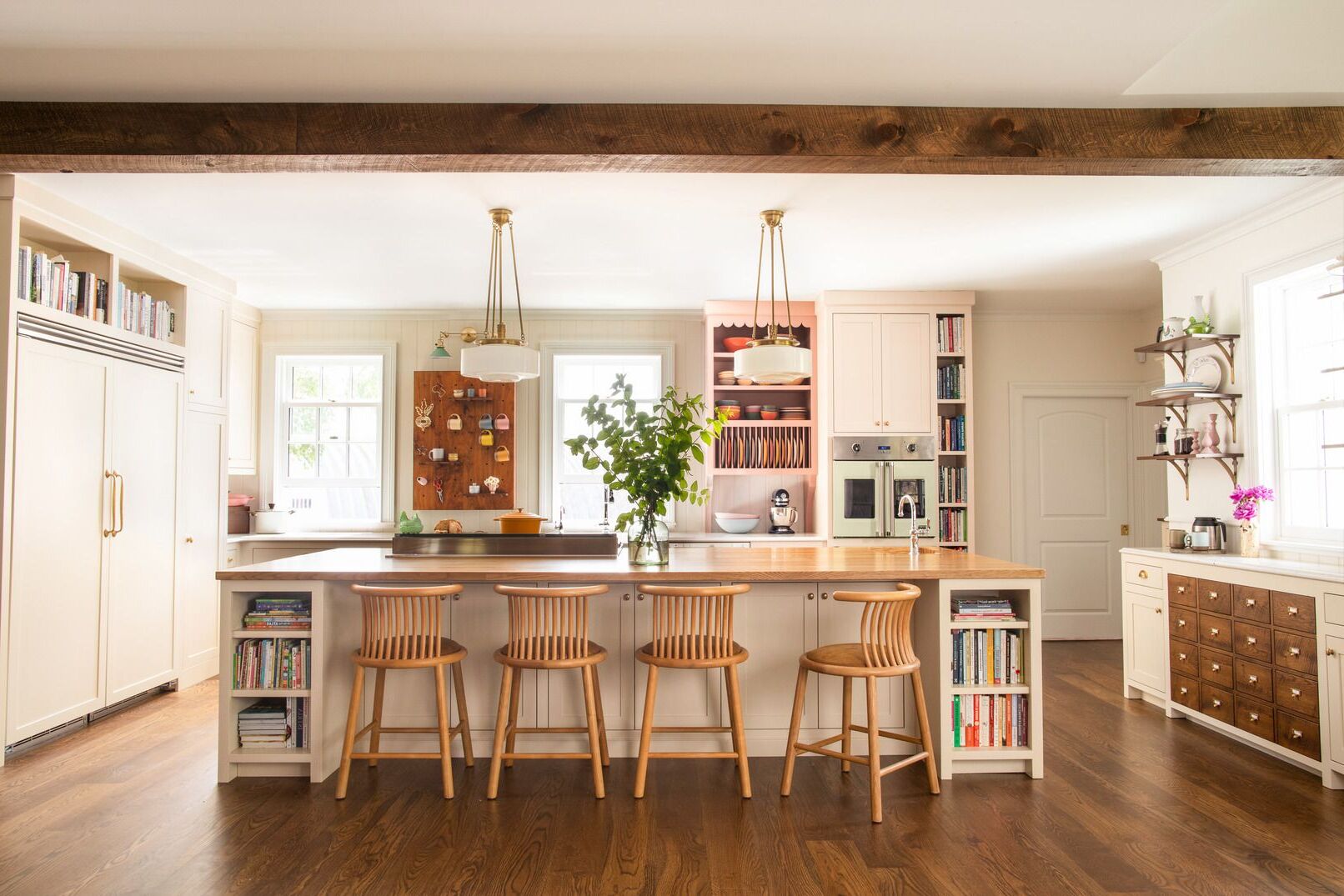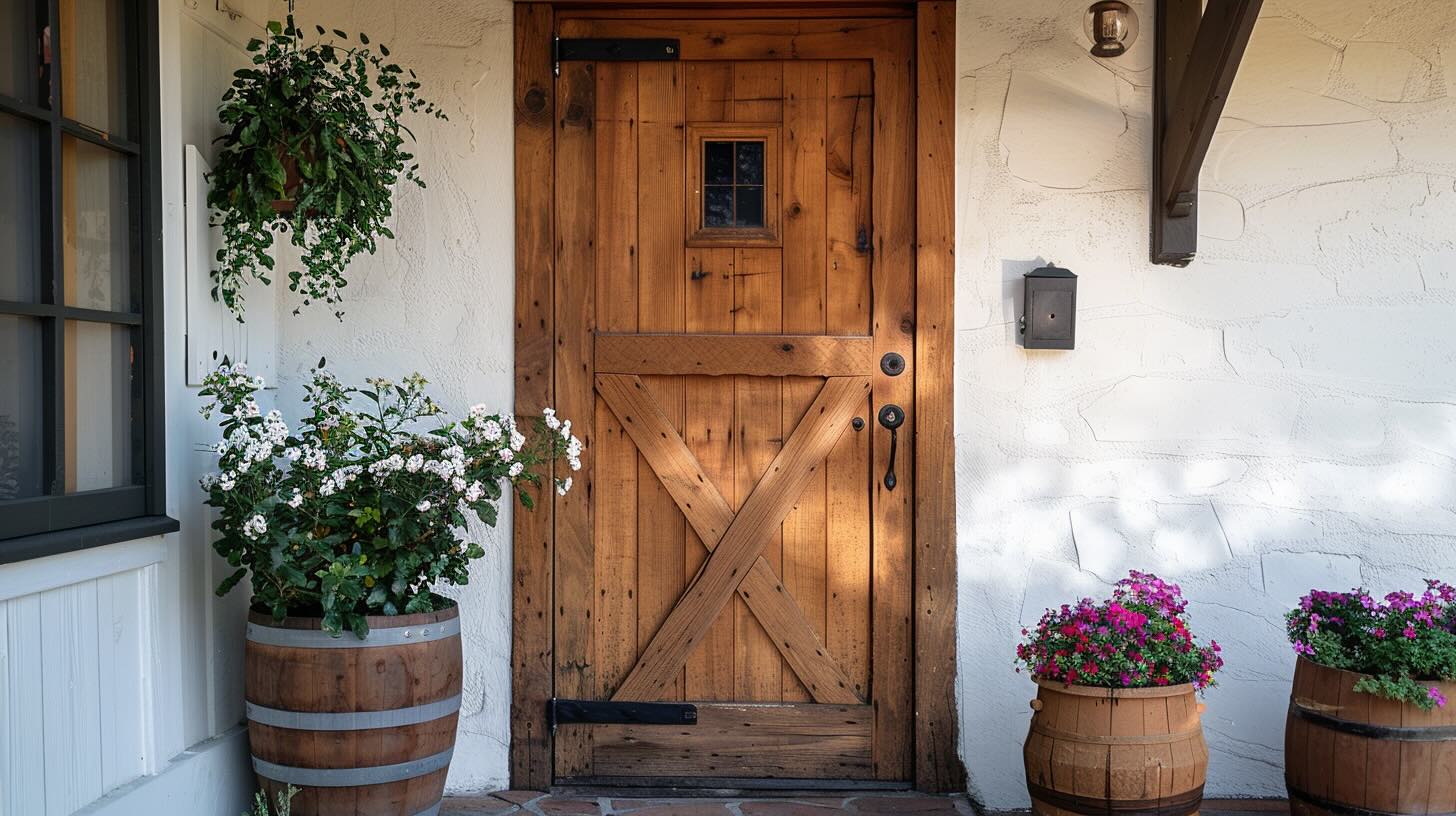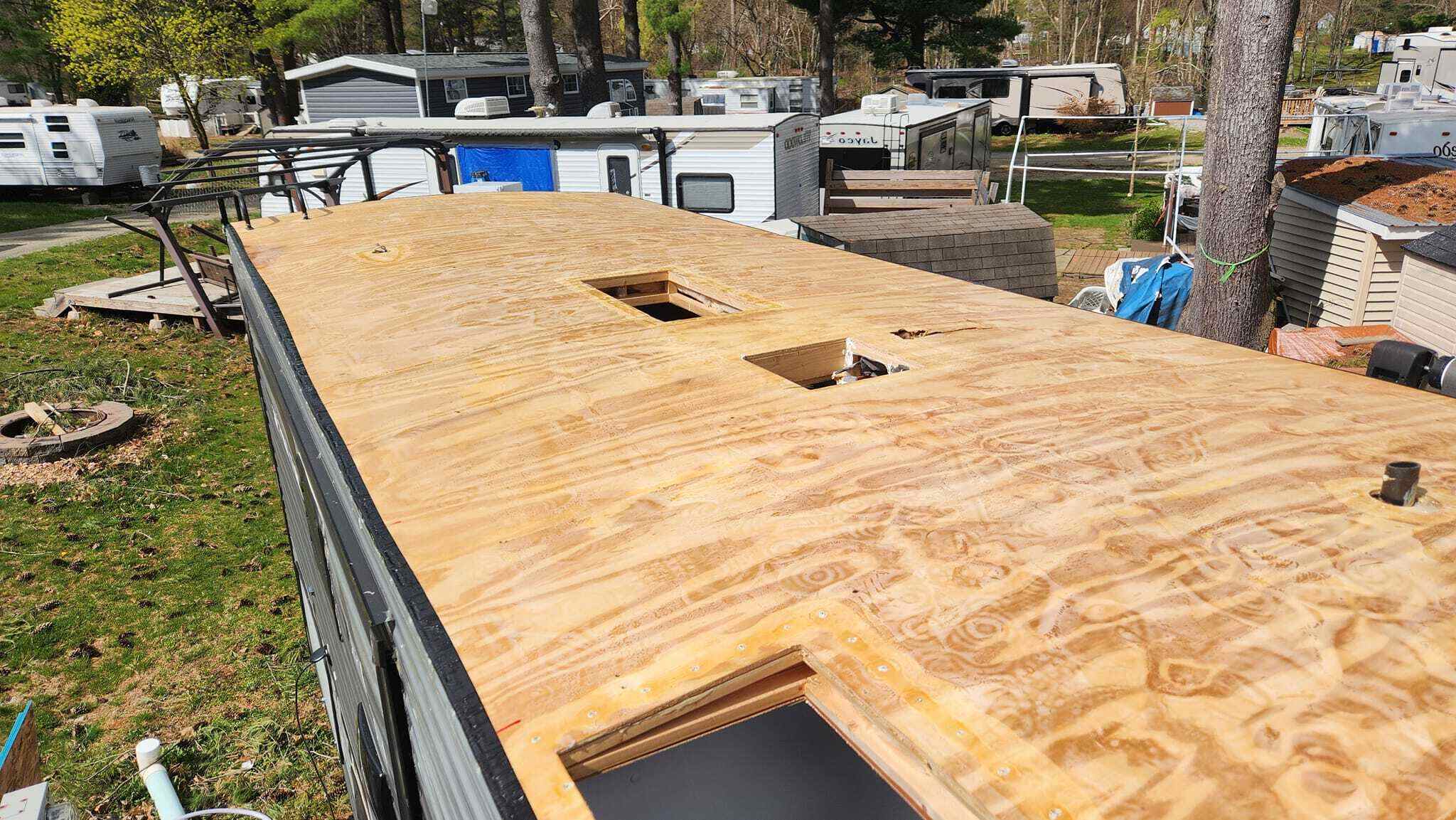Home>Create & Decorate>DIY & Crafts>How To Make A Counter Top
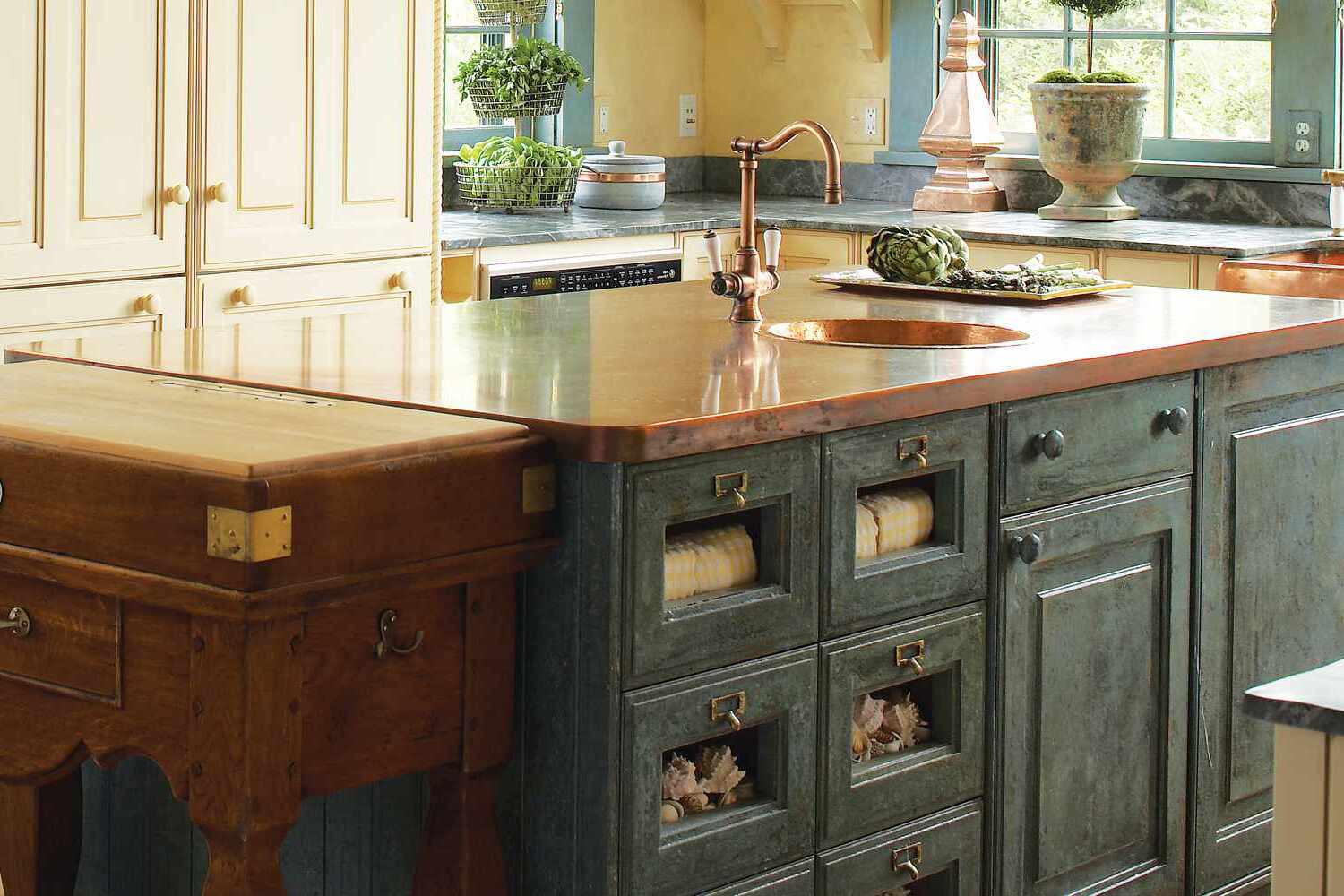

DIY & Crafts
How To Make A Counter Top
Published: June 6, 2024

Content Creator specializing in woodworking and interior transformations. Caegan's guides motivate readers to undertake their own projects, while his custom furniture adds a personal touch.
Learn how to make a DIY counter top with our step-by-step guide. Get creative with our crafts and create a custom counter top for your home.
(Many of the links in this article redirect to a specific reviewed product. Your purchase of these products through affiliate links helps to generate commission for Twigandthistle.com, at no extra cost. Learn more)
Introduction
So, you've decided it's time to give your kitchen or bathroom a fresh new look by making a counter top from scratch. Congratulations! Making your own counter top can be a rewarding and cost-effective project. Whether you're a seasoned DIY enthusiast or a newbie looking to flex your handy skills, this guide will walk you through the process step by step. From choosing the right material to putting on the finishing touches, you'll soon be on your way to enjoying a custom-made counter top that perfectly suits your space. Let's dive in and get started!
Read more: How to Build a Concrete Vanity Top
Choosing the Right Material
When it comes to making a counter top, the first step is to choose the right material. There are various options available, each with its own unique characteristics and benefits. Here are some popular materials to consider:
-
Butcher Block: Known for its warm and natural appearance, butcher block is a classic choice for counter tops. It's durable, easy to maintain, and can add a cozy feel to any kitchen.
-
Granite: If you're looking for a luxurious and elegant option, granite is a top contender. It's heat-resistant, scratch-resistant, and comes in a wide range of colors and patterns.
-
Quartz: Engineered quartz is a low-maintenance and non-porous material, making it resistant to stains and bacteria. It's available in a variety of colors and finishes, offering both durability and style.
-
Laminate: For a budget-friendly option, laminate counter tops are a popular choice. They come in an array of designs and are easy to clean, making them a practical option for many homeowners.
-
Concrete: If you're aiming for a modern and industrial look, concrete counter tops are worth considering. They can be customized to fit your space and offer a unique, customizable appearance.
-
Marble: Known for its timeless beauty, marble counter tops can add a touch of luxury to any kitchen or bathroom. While it requires regular maintenance, the stunning aesthetics make it a popular choice for many homeowners.
When selecting the right material for your counter top, consider factors such as durability, maintenance requirements, cost, and the overall aesthetic you want to achieve. Each material has its own set of pros and cons, so take the time to weigh your options and choose the one that best suits your needs and preferences.
Measuring and Cutting the Countertop
Once you've selected the perfect material for your counter top, it's time to move on to the crucial step of measuring and cutting. This stage requires precision and careful planning to ensure that your counter top fits seamlessly into your space. Here's a detailed guide on how to measure and cut your counter top like a pro:
-
Take Accurate Measurements: Before you start cutting any materials, it's essential to take precise measurements of the area where the counter top will be installed. Use a tape measure to record the length, width, and depth of the space. Take into account any appliances or fixtures that the counter top will need to accommodate.
-
Create a Template: Once you have the measurements, create a template using cardboard or a similar material. This template will serve as a guide for cutting the actual counter top material. Place the template in the designated area to ensure that it fits perfectly and makes any necessary adjustments.
-
Mark the Cutting Lines: Transfer the measurements from your template to the counter top material. Use a pencil or masking tape to mark the cutting lines accurately. Double-check the measurements before proceeding to the cutting stage.
-
Use the Right Tools: Depending on the material you've chosen for your counter top, you'll need specific tools for cutting. For example, a circular saw with a diamond blade is suitable for cutting granite or quartz, while a jigsaw may be used for wood or laminate. Ensure that you have the appropriate safety gear, such as goggles and gloves, before using any cutting tools.
-
Cut with Precision: Carefully follow the marked cutting lines using the chosen cutting tool. Take your time and make steady, controlled movements to achieve clean and accurate cuts. If you're not confident in your cutting abilities, consider seeking professional assistance to ensure the best results.
-
Test the Fit: Once the cutting is complete, test the counter top to see how it fits in the designated space. Make any necessary adjustments to ensure a snug and precise fit.
By following these steps, you can effectively measure and cut your counter top to fit your space perfectly. Remember, precision is key at this stage, so take your time and double-check your measurements and cuts to achieve the best results.
Assembling and Installing the Countertop
Now that you've successfully measured and cut your countertop to fit your space, it's time to move on to the exciting stage of assembling and installing it. This step is crucial in ensuring that your countertop not only looks great but also functions effectively in your kitchen or bathroom. Here's a detailed guide on how to assemble and install your countertop like a pro:
-
Prepare the Base: Before assembling the countertop, ensure that the base cabinets or support structure are sturdy and level. Any unevenness in the base can affect the fit and stability of the countertop. Make any necessary adjustments to the base to ensure a solid foundation for the countertop.
-
Apply Adhesive (If Required): Depending on the material of your countertop, you may need to apply adhesive to the top of the base cabinets before placing the countertop. Follow the manufacturer's instructions for the specific adhesive recommended for your countertop material.
-
Lift and Position the Countertop: Enlist the help of a friend or family member to carefully lift and position the countertop onto the base cabinets. Take your time to ensure that the countertop aligns properly with the edges of the cabinets and any surrounding walls.
-
Secure the Countertop: Once the countertop is in position, use brackets or screws to secure it to the base cabinets from underneath. Make sure to place the fasteners in areas that will not be visible once the installation is complete.
-
Seal the Joints (If Required): If you're installing multiple sections of countertop or if there are any visible joints, use a high-quality seam sealer to fill and seal the gaps. This will not only enhance the appearance of the countertop but also prevent water or debris from getting trapped in the seams.
-
Install Sink and Appliances: If your countertop includes a sink or will accommodate appliances such as a cooktop or range, proceed with installing these fixtures according to the manufacturer's instructions. Take care to ensure a watertight seal around the sink and any other cutouts in the countertop.
-
Apply a Finish (If Required): Depending on the material of your countertop, you may need to apply a finish or sealant to protect the surface and enhance its durability. Follow the recommended maintenance and care instructions for your specific countertop material.
By following these steps, you can effectively assemble and install your countertop, creating a functional and visually appealing addition to your kitchen or bathroom. Remember to take your time and seek professional assistance if needed to ensure a successful installation.
Finishing Touches and Maintenance
After assembling and installing your countertop, it's essential to focus on the finishing touches and ongoing maintenance to ensure its longevity and visual appeal. Here's a detailed guide on how to add those final touches and keep your countertop looking its best:
-
Seal the Surface (If Required): Depending on the material of your countertop, such as natural stone or wood, it may require sealing to protect it from stains and moisture. Apply a high-quality sealant according to the manufacturer's instructions, and reapply it at regular intervals to maintain its effectiveness.
-
Polish and Clean Regularly: Keep your countertop looking pristine by regularly polishing and cleaning it. Use a mild, non-abrasive cleaner suitable for your countertop material, and avoid harsh chemicals that can damage the surface. For natural stone countertops, use a specialized stone cleaner to maintain their luster.
-
Repair Any Damage: In the event of scratches, chips, or stains, it's important to address them promptly to prevent further damage. Depending on the material, there are specific repair kits available for countertops that can help you fix minor imperfections.
-
Protect the Surface: To prevent damage from hot pans, sharp utensils, or abrasive materials, use trivets, cutting boards, and coasters on your countertop. This simple practice can significantly extend the life of your countertop and preserve its appearance.
-
Regular Inspections: Periodically inspect your countertop for any signs of wear, damage, or areas that may require maintenance. Addressing issues early can prevent them from escalating into more significant problems.
-
Follow Manufacturer's Guidelines: Different countertop materials have specific care and maintenance requirements. Always follow the manufacturer's guidelines for cleaning, maintenance, and any recommended products to ensure the longevity of your countertop.
-
Preventative Maintenance: Stay proactive by implementing preventative maintenance measures, such as resealing the countertop, tightening loose fasteners, and addressing any issues as soon as they arise. This proactive approach can save you time and money in the long run.
By paying attention to these finishing touches and implementing a regular maintenance routine, you can keep your countertop looking beautiful and functional for years to come. Remember, each material may have unique care requirements, so it's essential to tailor your maintenance efforts accordingly.
Read more: How To Build Kitchen Counter Frame
Conclusion
In conclusion, creating a custom-made countertop is a rewarding and achievable DIY project that allows you to personalize your living space while adding functionality and aesthetic appeal. By carefully selecting the right material, measuring and cutting with precision, assembling and installing with care, and maintaining the countertop regularly, you can enjoy a beautiful and durable addition to your kitchen or bathroom. Whether you opt for the warmth of butcher block, the elegance of granite, or the versatility of laminate, the process of making a countertop from scratch offers a sense of accomplishment and the satisfaction of enjoying a space tailored to your preferences. With the right tools, attention to detail, and a bit of creativity, you can transform your living space with a stunning custom countertop that reflects your unique style and enhances the functionality of your home.


